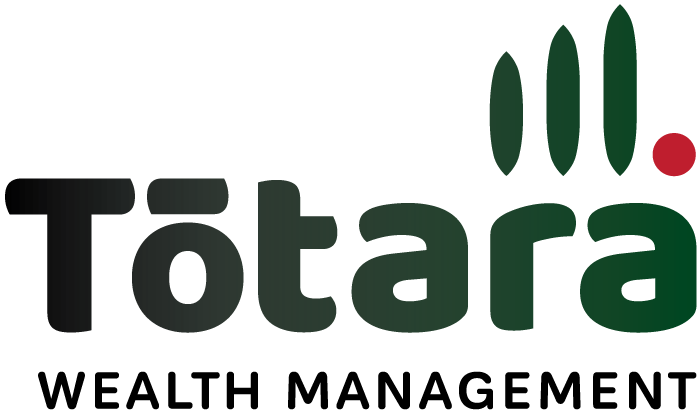It is still not clear how the global economy will play out. There are signs that the worst has passed, and that fiscal and monetary policy almost everywhere is strongly supportive. However, even if COVID-19 is contained--a big if given recent experience in the U.S. and elsewhere--further progress is more likely to be gradual and possibly interrupted by new outbreaks, rather than a quick V-shaped recovery. Given the circumstances, portfolios will need to continue to hold healthy levels of downside protection, including bonds which, despite their very low yields, have been useful for capital preservation year to date. In New Zealand, the initial hit to gross domestic product now looks to be less than originally feared, but difficult trading conditions will still exist for some time yet.
New Zealand Cash & Fixed Interest
Short-term interest rates have remained very low, reflecting the official cash rate, or OCR, being held by the Reserve Bank of New Zealand at 0.25%; the 90-day bank-bill yield is only 0.3%. Bond yields also remain very low by historical standards. Although the 10-year government bond yield is up from its COVID-19 low (just below 0.5% in mid-May), it is still below 1% (currently 0.91%). Although the kiwi dollar has been rising in value in recent months, it has not quite recovered all the ground lost earlier in the year and is down 2.1% in overall trade-weighted value year to date.
There is a very high likelihood that the Reserve Bank will keep the target cash rate at 0.25% into 2021. While most forecasters expect the OCR to be kept at 0.25% into 2022, Westpac Bank believes the RBNZ will cut it to negative 0.5% in the middle of next year. Either way, returns from bank deposits will remain very low, as will bond yields.
Property & Infrastructure
Listed property has been weak. The S&P/NZX All Real Estate Index year to date is down 11.0% in capital value (down 9.6% including the value of dividends) and has continued to lag the performance of the wider share market.
Australian listed property has also substantially underperformed the wider equity market. Year to date the S&P/ASX 200 A-REITs Index is down 22.2% in capital value and down 20.6%, including the value of dividend distributions.
The same is true of global-listed property. Year to date the FTSE EPRA/NAREIT Global Index in U.S. dollars is down 20.7% in capital value, very substantially shy of the much smaller 2.7% capital loss for the MSCI World Index.
Global-listed infrastructure has also struggled year to date. The S&P Global Infrastructure Index in U.S. dollars is down 18.4% in capital value and down 17.2%, including taxed dividends. The 17.2% loss was essentially the same when hedged back into New Zealand dollars, with a local currency loss of 18.0%.
Australasian Equities
Like many other equity markets, New Zealand shares have continued to recover from its earlier COVID-19 sell-off, but the bulk of the recovery took place in April through early June and there has been little net movement in more recent weeks. Year to date the S&P/ NZX50 Index is marginally down in capital value, by 0.7%, but by adding back dividends the index has delivered a small positive total return of 0.8% (1.1% with imputation credits).
The same pattern is evident in the Australian market, with recovery occurring through early June but not much advancement since then. The recovery has not, however, been anywhere near robust enough to gain back the earlier COVID-19 losses, and year to date the S&P/ASX200 Index is still down 9.7% in capital value (down 8.4% after including dividend income).
International Fixed Interest
Once again bonds have acted to protect portfolios through the difficult COVID-19 conditions. Year to date the Bloomberg Barclays Global Aggregate Index in U.S. dollars is up 4.1%. As in the equity markets, investors have had to be fully exposed to the U.S. market to reap all the benefits: ex the U.S. the index was up by a smaller 1.9%.
International Equities
World equities have continued to regain the ground lost after the outbreak of COVID-19, though most of the recovery occurred in April and May and progress has been more limited through June and into July. Year to date the MSCI World Index of developed markets is now down by only 2.7%. Performance continues to be heavily dependent on the U.S. market, where the S&P 500 is now all square for the year (down negative 0.2%) and Nasdaq is up by a remarkable 17.1%. Ex the U.S., the MSCI World Index is down 9.2%. Europe has been the weakest of the major markets, with the FTSE100 in the U.K. down 16.6% (in British pounds) and the CAC40 index in France down 15.2% (in euros).
Emerging markets have continued to underperform the developed economies, with the MSCI Emerging Markets Index in U.S. dollars down 5.3%. Many investors will, however, be focused within the overall asset class on the core BRIC—Brazil, Russia, India, China--economies, which have slightly outpaced the developed economies year to date, with a 1.7% loss.
DISCLAIMER: All care has been taken in preparing this information but to the extent that it is based on information received from other parties no liability is accepted by MorningStar or Totara Wealth Management for any errors or omissions. Morningstar and Totara Wealth Management give neither guarantee nor warranty nor make any representation as to the correctness or completeness of the information presented. Past performance is no guarantee of future performance. The material contained on this website is for general information purposes only and is not intended as, nor capable of being, financial advice or advice on any specific problem or any particular situation. Please read our full disclaimer.
